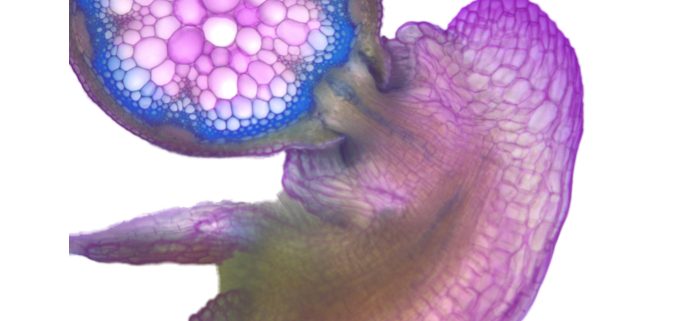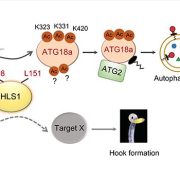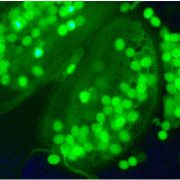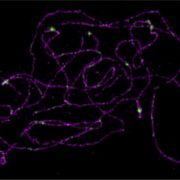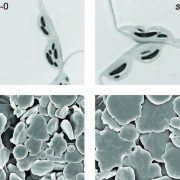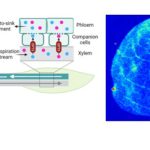A parasitic plant pushes the boundaries of microRNA biogenesis
Hudzik et al. reveal that not all microRNAs are transcribed the same way.
By Collin Hudzik1,2 and Michael J. Axtell1,2
1Department of Biology, The Pennsylvania State University, University Park, PA, 16802, USA
2Huck Institutes of the Life Sciences, The Pennsylvania State University, University Park, PA, 16802, USA
Background: Dodder (Cuscuta campestris) is a parasitic plant which lacks leaves, roots, and enough chlorophyll to sustain itself. Dodder feeds on hosts plants using a specialized organ called the haustoria. We previously found that only when dodder infects a host, it produces a large population of RNAs which are small in length, called microRNAs (miRNAs). miRNAs bind to Argonaute proteins and together they identify RNA sequences with complementarity to the miRNA and degrade them. These miRNAs can move from the parasite and into the host (trans-species) where they can disrupt processes like the ability of the host to defend itself. We termed these miRNAs as trans-species, interface-induced miRNAs (IIMs), as they are only detectable at the host/parasite interface.
Question: Which stage of haustoria development can we detect interface-induced miRNAs, and what regulates their ability to accumulate only during infection?
Findings: Using Arabidopsis thaliana and Solanum lycopersicum as hosts, we determined that IIMs accumulate before the parasite invades host tissues. Upstream of IIM loci, we also identified a 10-nucleotide cis-regulatory element called the Upstream Sequence Element (USE) in 93% of the IIMs, which is critical to their accumulation. The USE has been previously characterized as a constitutive promoter for the transcription of small-nuclear RNAs (snRNAs) involved in intron splicing. We also determined that IIMs are transcribed by RNA Polymerase III (POL III), which until now has never been shown to be involved in the transcription of miRNAs in plants.
Next steps: We are interested in further understanding how the USE is tightly regulating IIM accumulation during infection, as it is characterized as a constitutive promoter for snRNAs. We are also curious if transcription by POL III may be important for IIMs to be exported into host cells and avoid targeting parasite transcripts (self-targeting).
Collin Hudzik, Sean Maguire, Shengxi Guan, Jeremy Held, and Michael J. Axtell. (2023). Trans-species microRNA loci in the parasitic plant Cuscuta campestris have a U6-like snRNA promoter. https://doi.org/10.1093/plcell/koad076


